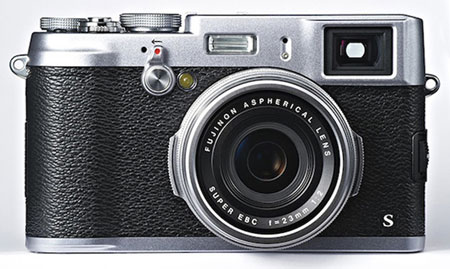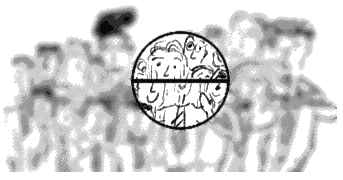Photography has seen many focusing methods. Now guess what, we’re heading back to the basics! First there were fixed lenses with fixed focus, soon the rangefinder-type of focusing where you’re basically given a second (smaller) image of the scene, and your goal is turn the focus ring until the two images match up for the subject you’d like to have in focus. Then the split screen focusing with microprism, splitting an image in two pieces. Properly focused they’re aligned. Then came revolutionary AF and since LCDs are replacing viewfinders we can count on the help of magnification, focus peaking and other methods. Coming full circle we move back/forward to… digital split image focusing.

It’s another “old” feature brought back to life. And where better implemented than in the retro X lineup.
The revival of split screens bringing back memories of good old glass I sold long ago, however, is more than just another cool retro feature or Fujifilm’s copying of yet another analog invention.
According to DP Review this all-new feature uses phase detection data from the sensor, and is designed to offer a similar experience to manual focus film cameras.
Said Fujifilm in a prematurely published announcement:
The world’s first Digital Split Image feature displays dual images on the left and right to be lined up for manual focusing. This enables accurate focusing especially when working with an open aperture or macro shooting. What’s more there is a handy Focus Peak Highlight function, which shows you precisely which area of your composition is in focus.

Reading the official Fujifilm wording, however, you get the impression that instead of a horizontal split (bottom/top) it’s a vertical one (left/right). Wrong — and see it in action here:

And will split focus work in both EVF and OVF? Says Fujifilm:
Depending on the subject and scene, users can switch between two viewfinder options: optical or electronic. The Optical Viewfinder (OVF) is useful when users want to see their subject in the same bright clarity that they see with the naked eye, or when time lag is an issue. The high resolution 2.36 million dot electronic viewfinder (EVF) is useful when you want to be able to visually check focus, exposure, white balance and depth of field whilst composing the shot.
Sounds like both split focus and peaking might work with OVF and EVF. We’ll soon know. But who needs yet another manual focusing method?
Looks sure more practical than the current manual focus of the X series. Split screen focus comes very handy when you require critical pinpoint focus, such an on the eyes for a portrait whereas peaking has its own advantages.
And interesting tidbit from L-Forum reader Michael:
It looks like something more akin to a split prism focusing aid rather than a rangefinder. Historically the split prism focusing aid inspired the design of the phase detection AF and Fujifilm’s digital split image focusing aid depends on the phase detection pixels embedded on the Mark II version of the X-Trans sensor. The phase-detection AF calculates a phase difference and the split image display is just a visualization of that difference.
Now let’s just hope the implementation is as great as the idea.
The main retro dream remaining is a digital back for film SLRs…
Last but not least, am a bit surprised that Fujifilm dubbed its successor to the legendary X100 “only” X100S. It looks like there’s so much new in the camera — new sensor, new viewfinder, better video and new, most likely faster AF system…
Doesn’t such a camera deserve slightly more than a mere “S” appendage on the front’s lower right?
Beautiful piece of camera. Wasn’t too happy with my own quirky X100. The “S” seems to tip the scales.
+++ BTW, you can order the Fujifilm X100S from Amazon, B&H, Adorama or eBay.


